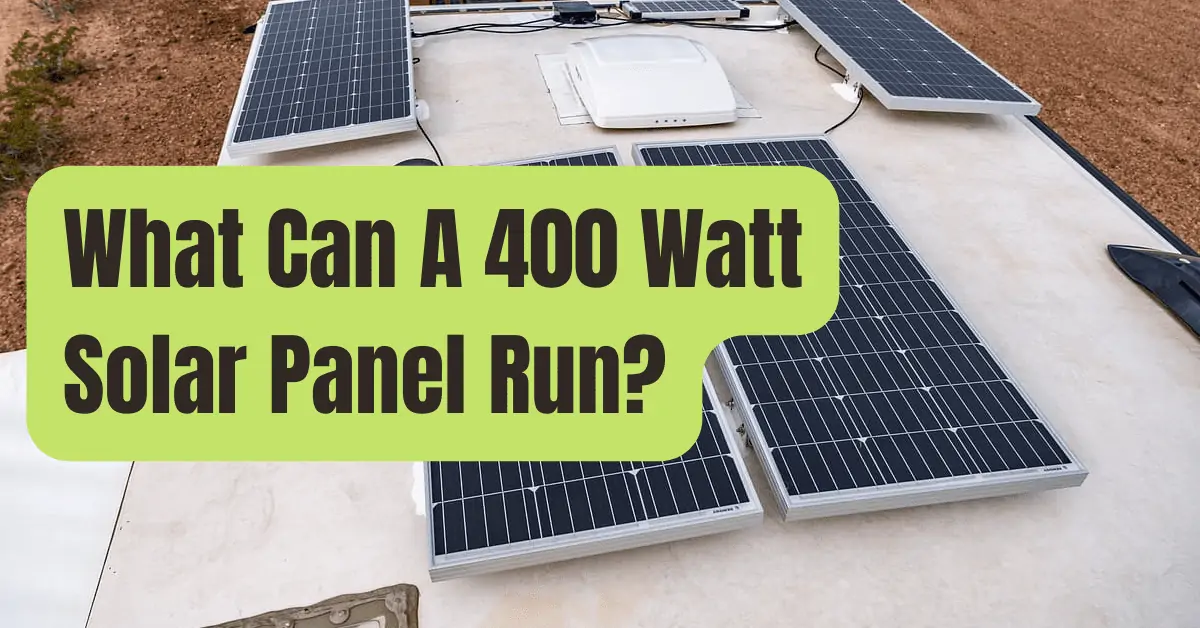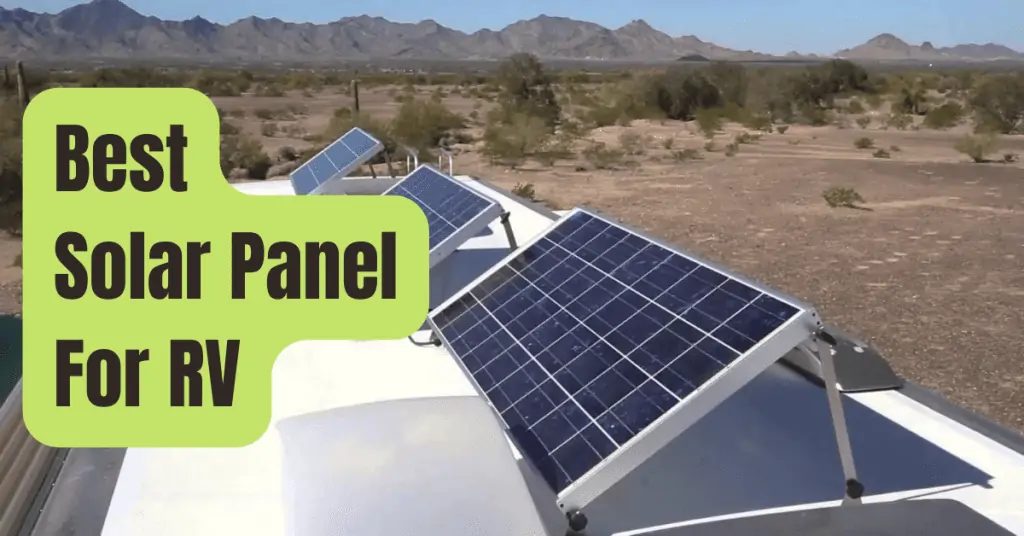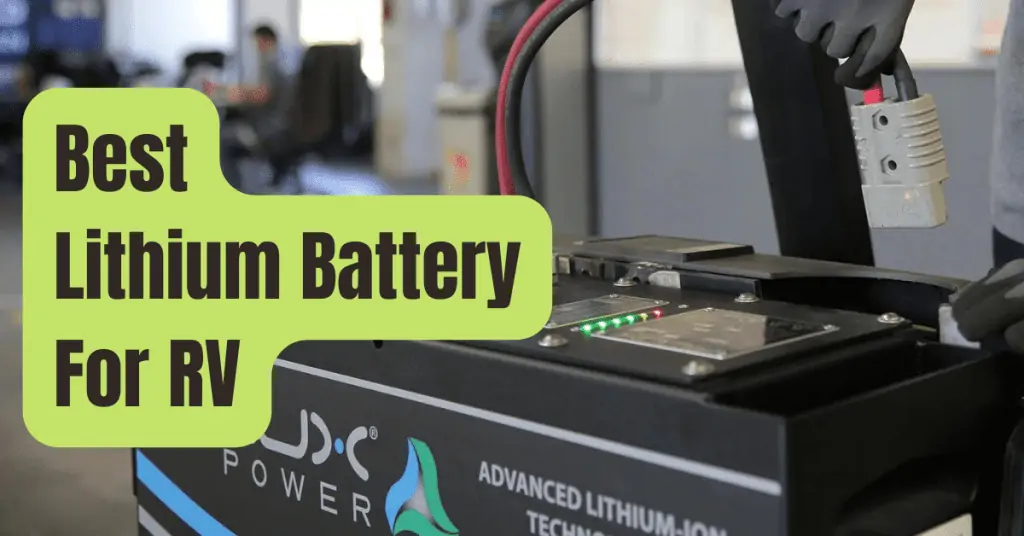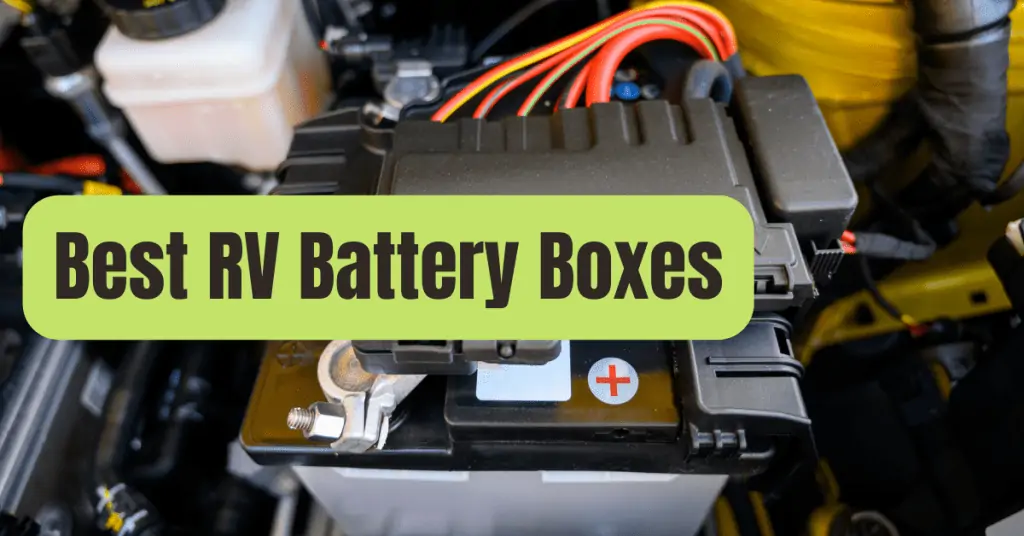One of the largest solar panels available is a 400 watt panel.
These are rather recent.
The use of panels of this scale was not feasible until a few years ago.
However, solar panels are becoming larger and more effective thanks to modern technologies.
This size of panel is ideal for home electricity.
400-watt solar panels may be connected to power a whole home.
You need to be familiar with a few fundamentals in order to truly appreciate what you can get out of a panel this size.
Let’s start with the fundamentals.
- A 400-watt solar panel cannot continuously output 400 watts. This power rating represents the device’s maximum output under ideal conditions.
- Multiple transmission and conversion losses that a solar power system must endure prevent it from operating to its full capacity under real-world circumstances.
- If you wish to use your power system to its best potential, a battery is essential.
A 400-Watt Solar Panel’s Dimensions And Weight
The dimensions of a 400-watt solar panel are around 80 × 40 x 1.5 Inches (202.4 x 102.4 x 4 cm), which equates to a length and breadth of almost 6.5 feet and more than 3 feet, respectively.
With various brands, you might anticipate a few minor size differences.
A 400-watt solar panel is 20kgs or 44lbs in weight.
Price of a 400 Watt Solar Panel
In addition to being more costly overall than smaller panels, 400-watt solar panels also cost more per watt of electricity.
Their more expensive price is a result of their expensive production technique.
You may definitely anticipate paying a 10% premium for these panels.
Since 400-watt solar panels are more expensive and larger, most customers choose other configurations such combining many 100-watt or 300-watt panels until they get the needed power output.
How Much Electricity Is Generated By A 400W Solar Panel?
Your position affects a 400-watt solar panel’s real power production.
You can get a reasonably accurate approximation, however.
The power output of a solar panel may be determined using a simple formula.
E = A * r * H * PR
E = Energy (Kwh)
A = Area of your solar panel (m2)
r=solar panel yield or efficiency (15%)
H= Average annual solar radiation on tilted panels
PR= Performance ratio (Average Value = 0.75)
To make things simpler, we’ve collected information from every state and determined the average amount of electricity you may obtain every day.
The power output you are going to get might vary from these typical values shown by these numbers.
| Code | State/Province | Average Annual Solar resource in kWh/m2/day | Average Daily Solar Power in Watts |
| AL | Alabama | 5 | 1150 |
| AK | Alaska | 3.5* | 805 |
| AZ | Arizona | 7.1 | 1633 |
| AR | Arkansas | 4.45 | 1023.5 |
| CA | California | 7.2 | 1656 |
| CO | Colorado | 6.2 | 1426 |
| CT | Connecticut | 4.5 | 1035 |
| DE | Delaware | 4.7 | 1081 |
| DC | District of Columbia | 4.7 | 1081 |
| FL | Florida | 5.3 | 1219 |
| GA | Georgia | 5 | 1150 |
| HI | Hawaii | 6.5 | 1495 |
| ID | Idaho | 4.7 | 1081 |
| IL | Illinois | 4.6 | 1058 |
| IN | Indiana | 4.3 | 989 |
| IA | Iowa | 4.7 | 1081 |
| KS | Kansas | 5.7 | 1311 |
| KY | Kentucky | 4.45 | 1023.5 |
| LA | Louisiana | 5.2 | 1196 |
| ME | Maine | 4.3 | 989 |
| MD | Maryland | 4.55 | 1046.5 |
| MA | Massachusetts | 4.5 | 1035 |
| MI | Michigan | 4.25 | 977.5 |
| MN | Minnesota | 4.7 | 1081 |
| MS | Mississippi | 5.2 | 1196 |
| MO | Missouri | 4.8 | 1104 |
| MT | Montana | 4.6 | 1058 |
| NE | Nebraska | 5.4 | 1242 |
| NV | Nevada | 6.4 | 1472 |
| NH | New Hampshire | 4.4 | 1012 |
| NJ | New Jersey | 4.5 | 1035 |
| NM | New Mexico | 7 | 1610 |
| NY | New York | 3.9 | 897 |
| NC | North Carolina | 5 | 1150 |
| ND | North Dakota | 4.9 | 1127 |
| OH | Ohio | 4.2 | 966 |
| OK | Oklahoma | 5.9 | 1357 |
| OR | Oregon | 5.4 | 1242 |
| PA | Pennsylvania | 4 | 920 |
| RI | Rhode Island | 4.7 | 1081 |
| SC | South Carolina | 5.2 | 1196 |
| SD | South Dakota | 5.2 | 1196 |
| TN | Tennessee | 4.7 | 1081 |
| TX | Texas | 6 | 1380 |
| UT | Utah | 6.2 | 1426 |
| VT | Vermont | 3.9 | 897 |
| VA | Virginia | 4.7 | 1081 |
| WA | Washington | 4.5 | 1035 |
| WV | West Virginia | 4.2 | 966 |
| WI | Wisconsin | 4.4 | 1012 |
| WY | Wyoming | 5.6 | 1288 |
A 400 Watt Solar Panel Can Power What?
As you can see, the typical daily power production of a 400-watt solar panel in the United States varies from around 805 Wh/day to more than 1656 Wh/day.
1150 Wh/day is what we get if we average all all the numbers in the table.
Please be aware that power outputs come in two flavors: immediate power and cumulative power.
400 watts are used to signify instantaneous power.
Under cumulative power, we have estimated the daily power production.
The capacity of your solar panels depends on the amount of electricity generated.
| Device | Power | Run time (If You Used Only One Device) |
| 60 Watt Bulb | 60W | 19 Hours |
| LED | 6W | 192 Hours |
| Cell Phone | 5W | 230 Hours |
| Laptop | 42W | 27 Hours |
| Fridge | 80W | 14.4 Hours |
| DC Fridge | 170W | 6.8 Hours |
| Heater | 1000W | 1.15 Hours |
| Booster Pump | 60W | 19 Hours |
| Blender | 500W | 2.3 hours |
Can A Refrigerator Be Powered By A 400-watt Solar Panel?
Yes, a mini fridge (80 watts) or a DC fridge may be powered by a 400-watt solar panel (170 watts).
To do so, however, you will need a battery, and you can anticipate a runtime of around 14.4 hours for an 80W fridge and 6.8 hours for a DC fridge every day.
Please be aware that depending on your location, the weather, and use, these numbers may change significantly.
Can An Air Conditioner Be Powered By A 400-watt Solar Panel?
An air conditioner may run for a brief period of time using a 400-watt solar panel.
RV air conditioners often employ smaller models with 1000–1500 watt power ratings.
You can only operate an air conditioner for 46 to 1.15 hours on a daily charge of 1150 Wh, so that is not a viable alternative.
Final Reflections
The installation of a 400-watt solar panel to your house or RV may be fantastic.
Most appliances may be used without any issues.
With enough sunshine, you can easily power an entire house with a couple 400-watt solar panels together.










